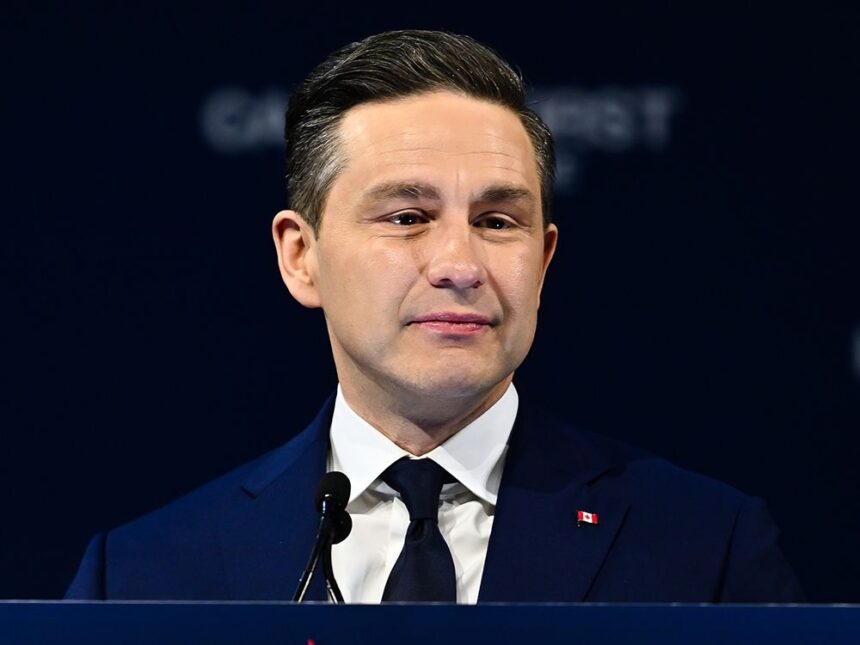In an unexpected political maneuver that has energized rural Alberta communities, Conservative Leader Pierre Poilievre is eyeing a potential constituency shift that could significantly alter Canada’s political landscape. The possibility of Poilievre representing the heartland of Alberta has ignited optimism among small-town leaders who have long felt overlooked by Ottawa’s policy decisions.
“Having the leader of the Conservative Party potentially representing our region would be transformative,” remarked Mayor Tom Wickens of Stettler County, whose sentiment echoes across the prairie communities dotting central Alberta. “The attention and voice this would give our agricultural sector and energy workers cannot be overstated.”
Poilievre, currently representing the Ottawa-area riding of Carleton, has been making increasingly frequent visits to central Alberta, fueling speculation about his electoral intentions. Sources close to the Conservative leadership confirm that redistribution plans following the latest census have created an opportunity for strategic positioning ahead of the next federal election.
Rural Alberta has historically served as a reliable Conservative stronghold, but recent polling data indicates that Poilievre’s potential candidacy could shatter previous voting records in the region. Political analysts suggest this move represents more than electoral strategy—it symbolizes a deliberate pivot toward the Conservative Party’s core base.
“The symbolism is powerful,” explains Dr. Elaine Hargrove, political science professor at the University of Calgary. “By potentially moving his riding to rural Alberta, Poilievre is making a statement about prioritizing the economic engines of Canada that often feel alienated from federal decision-making.”
Local business owners across potential riding locations have expressed renewed hope that direct representation by the Conservative leader could translate into economic policies more favorable to the agricultural sector and natural resource development. The enthusiasm spans beyond partisan lines, with even some non-Conservative voters acknowledging the potential benefits of having direct access to a party leader.
“Even if you don’t agree with all his policies, having someone who could become prime minister representing your community changes everything about how your local issues get addressed,” noted Sarah Jenkins, a third-generation farmer from Drumheller.
The potential move comes amid growing dissatisfaction in rural Canadian communities with what many perceive as urban-centric federal policies. Agricultural producers have specifically pointed to carbon tax implementations and environmental regulations as evidence of disconnection between Ottawa and rural realities.
Municipal officials in several communities have already begun preliminary discussions about infrastructure priorities and economic development initiatives they hope to advance should Poilievre officially announce his candidacy in their region. The anticipation has sparked renewed civic engagement, with town hall meetings seeing increased attendance as residents contemplate the potential implications.
“We’ve struggled for years to get federal attention on critical water infrastructure projects,” explained Councilor James Hartwick of Kneehill County. “Having the Conservative leader representing us would fundamentally change that conversation.”
While Poilievre’s team remains officially noncommittal about his electoral plans, the Conservative Party has intensified its ground operations throughout central Alberta, with volunteer recruitment and community outreach efforts accelerating noticeably in recent months.
As Canada approaches its next electoral cycle, the strategic calculus behind Poilievre’s potential riding shift raises broader questions about regional representation in our democratic system. Will direct representation by party leaders in historically underrepresented regions become a new trend in Canadian politics, or is this simply a calculated move to shore up the Conservative base?


















